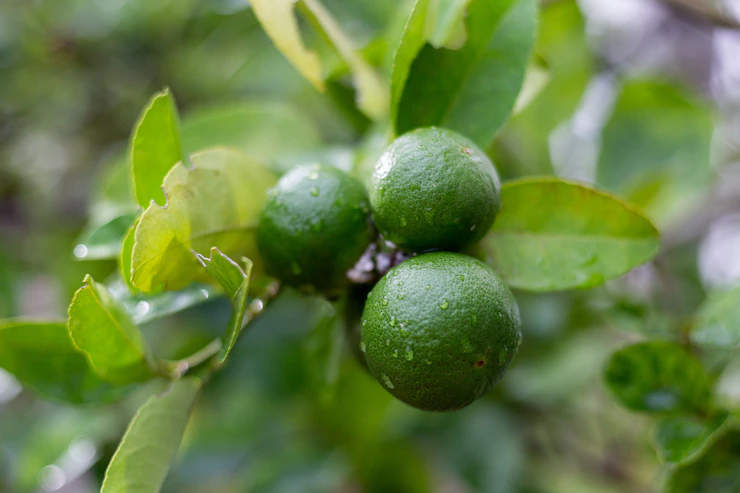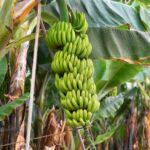Limes are versatile citrus fruits that add a refreshing zing to culinary creations and beverages. If you’re considering growing limes in South Africa, it’s important to understand the specific requirements for successful cultivation. From climate considerations to pest management, there are several factors to consider. In this article, we will explore ten important things you should know before growing limes in South Africa.
- Climate and Location: Limes thrive in warm subtropical to tropical climates. They require a minimum of 8 to 12 hours of direct sunlight daily. In South Africa, regions such as KwaZulu-Natal, Mpumalanga, and Limpopo are generally well-suited for lime cultivation.
- Variety Selection: Choose lime varieties that are adapted to the specific climate of your region. Popular lime varieties suitable for South Africa include Tahiti lime (Persian lime), Key lime, and Kaffir lime. Consider factors such as flavor, disease resistance, and intended use when selecting a variety.
- Soil Requirements: Limes prefer well-draining soil with a slightly acidic to neutral pH level. Sandy loam or loamy soil types are generally suitable. Prior to planting, ensure the soil is enriched with organic matter and well-prepared to ensure good drainage.
- Watering: Limes require regular watering to maintain healthy growth and fruit production. Provide consistent moisture, especially during dry spells. Avoid waterlogging the soil, as it can lead to root rot. Mulching around the base of the trees helps retain moisture and suppress weed growth.
- Fertilization: Lime trees benefit from regular fertilization to ensure optimal growth and fruit development. Use a balanced citrus fertilizer or a formula with a higher nitrogen content for vigorous growth. Apply fertilizer in accordance with the manufacturer’s instructions and divide the application into several doses throughout the growing season.
- Pruning and Training: Pruning lime trees helps maintain their shape, promotes airflow, and facilitates light penetration. Prune in late winter or early spring to remove dead, damaged, or crossing branches. Lightly prune to control size and promote branching. Train the tree to have an open canopy structure for improved sunlight exposure.
- Pest and Disease Management: Lime trees can be susceptible to pests such as aphids, scale insects, and citrus leaf miners. Regular monitoring and early intervention can help manage infestations. Practice good sanitation and consider using organic pest control methods. Common diseases in lime trees include citrus canker and citrus greening. Consult local experts for specific pest and disease management strategies.
- Harvesting: Limes are typically ready for harvest when they reach their mature color and size. Harvesting times vary depending on the lime variety and local climate. Limes can be harvested when they are still green or left to ripen to a yellow hue. Carefully cut the fruits from the tree using pruning shears or scissors to avoid damaging the branches.
- Culinary Uses: Limes are prized for their tangy flavor and are used in a wide range of culinary applications. They add zest to beverages, marinades, dressings, and a variety of savory and sweet dishes. Experiment with different recipes to fully appreciate the versatile nature of limes.
- Storage and Preservation: Fresh limes can be stored at room temperature for a short period. However, to extend their shelf life, refrigerate them in a plastic bag for up to a few weeks. Limes can also be juiced and frozen for future use or preserved as lime zest or lime curd.
Growing limes in South Africa can be a rewarding experience, providing you with a fresh supply of tangy citrus fruits. By considering the climate requirements, selecting suitable varieties, and implementing proper care and maintenance practices, you can enjoy the vibrant flavors of homegrown limes. Embrace the versatility of limes in your culinary creations and savor the delightful tang they bring to your dishes and drinks.








